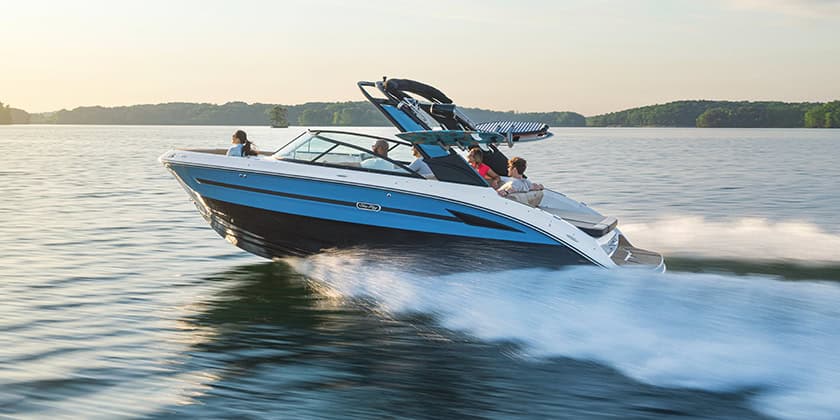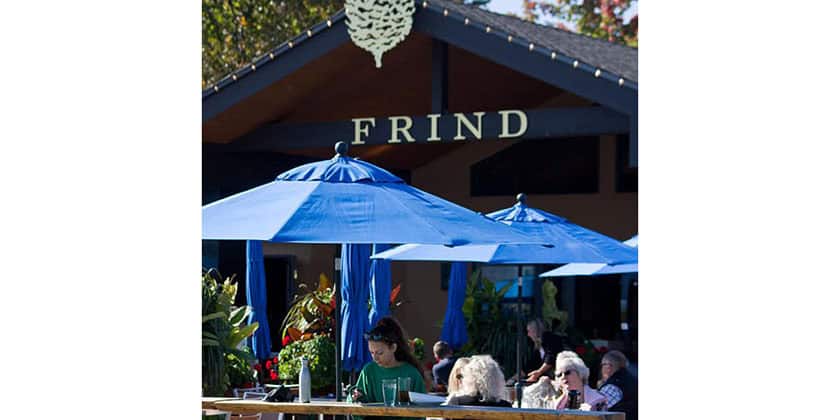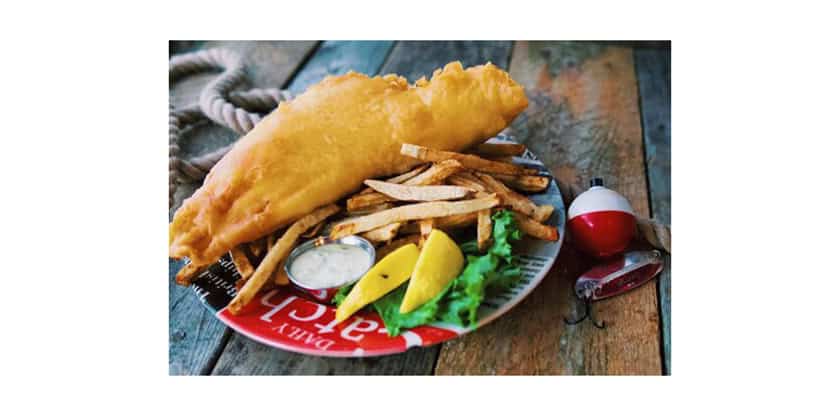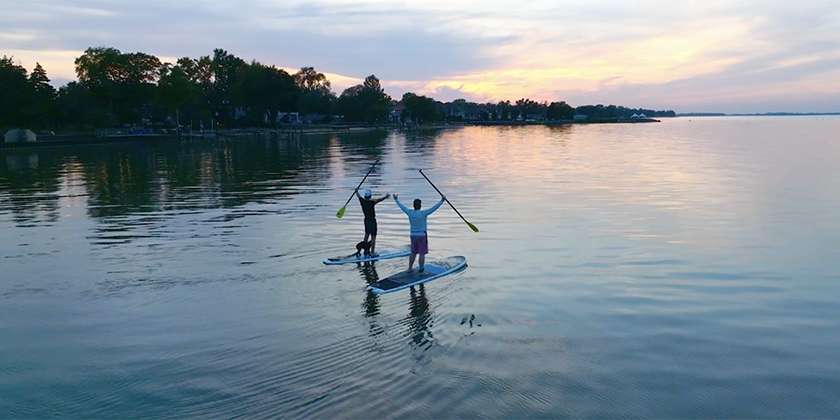Open 40
By Steve Killing
If you followed the drama of the 1998-99 Around Alone race with its host of mast failures, rudder problems and detailed accounts of human suffering (the most dramatic being Isabelle Autissier’s capsize and rescue), then you will know there is nothing trivial about this contest. It is a brutal, sometimes insane endeavour. And yet, Canadian Derek Hatfield is gearing up, with enthusiasm, for the September 2002 start of the next race. Much like those who climb mountains or trek to the arctic, for Hatfield the task seems less extreme if you plan for it in logical steps.
Hatfield has some of the longest-range plans I have seen. The construction process began about 12 months ago in a small shop in New Brunswick and only proceeds when the funds are available. But planning began long before the building began. A passionate sailor for over 20 years, Hatfield got seriously into short-handed racing in 1993 with his entry in the Lake Ontario 300 aboard the J92 Gizmo. Success in the 1995 Bermuda One Two and the singlehanded transatlantic race in 1996 boosted his confidence. So it didn’t seem that big a leap to plan for the Around Alone.
Hatfield chose designer Bob Dresser of Hingham, MA to draw up this 40-footer with a no-nonsense dinghy hull, typical of the boats used for the event. The bow and stern are vertical and the aft 70 percent of the boat is the shape of a shallow bowl with highly flared topsides. Selecting the beam was a major decision for this project. Although increasing the beam benefits stability, there is a distinct safety disadvantage – a greater tendency to stay inverted after capsizing.
Having seen numerous photos of inverted boats from recent ocean events, sailors are starting to realize that most sailing yachts are stable upside down. Once the heel angle exceeds the limit of positive stability, which for Hatfield’s boat can be categorized as heal thy (above 120 degrees), it will invert and stay inverted. Therefore, a solution must be on hand to re-right the boat. Dresser has done three things to give Hatfield a better chance of winning and surviving: he has narrowed the beam (for comparison the Group Fi not 40-footer designed for the same race is more than a foot wider than the 13-foot beam Dresser has drawn), added more camber to the deck, and a canting keel. These three factors reduce the inverted stability of the boat. The greater the camber in the deck and the narrower the beam, the more chance there is of rolling upright. In order to force the boat to return to upright, the keel can be canted 34 degrees to one side with the use of hydraulics. This off-center weight will re-right the boat.
With the severity of the wind and wave conditions in the southern ocean, these safety features may even help Hatfield win the race – if he can stay upright, he can finish. But there a re more positive design features that add to performance. The canting keel will be cocked t o windward while sailing upwind to add to the stability of the boat without resorting to water ballast. The sail plan is huge and includes provisions for a reaching spinnaker; that means more speed upwind and reaching.
The interior is, of course, simple. It ‘s a big boat for one person and there is, naturally, an aversion to adding weight. A simple pipe berth on either side provides a spot for resting. The focal point of the interior is the central navigation station. Computers, autopilot, radios, emergency communication equipment, and weather fax will dominate this hub of the boat. My guess is Hatfield will spend most of his time here – eating, planning, sleeping and staying in touch with the rest of the world.
The hull construction uses E-glass and Kevlar, CoreCell and West System Pro-Set epoxy. The builders will use a high-temperature post-cure to increase the strength of the laminate.
Hatfield knows the realities of boat construction and, consequently, is reluctant to peg a launch date, but when pressed he settled on “in about a year.” This will give Hatfield plenty of time to log some offshore miles on his new vessel and get his campaign in order. It is said that slow and steady wins the race – there is a certain amount of truth to this in the case of the Around Alone. Careful preparation and organised fundraising are key to completing this sailing marathon – that, and a fast boat. Based on this formula, Canada will have a contender on the line for the next Around Alone race.
Originally published in Canadian Yachting Regatta 1999 issue.
Specifications
Length 40′
Beam 13′
Draft 9’ 8″
Displacement 9,000 lb.






















